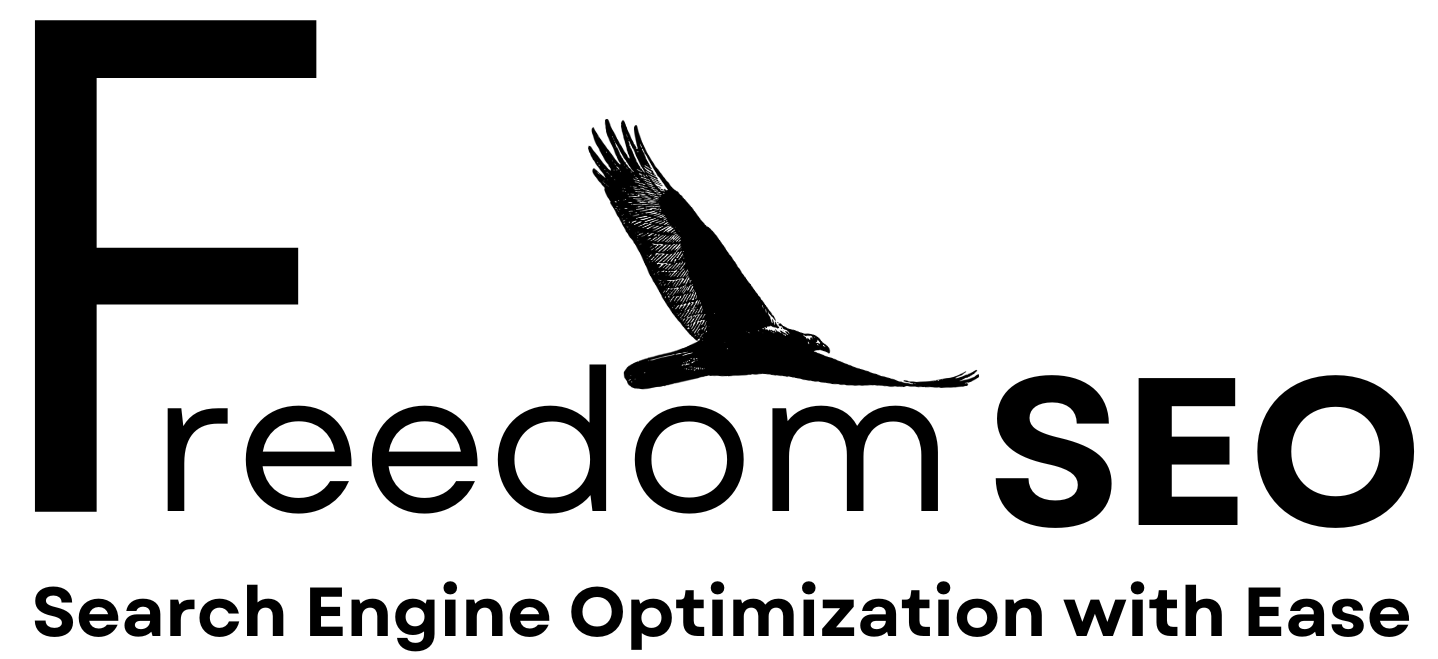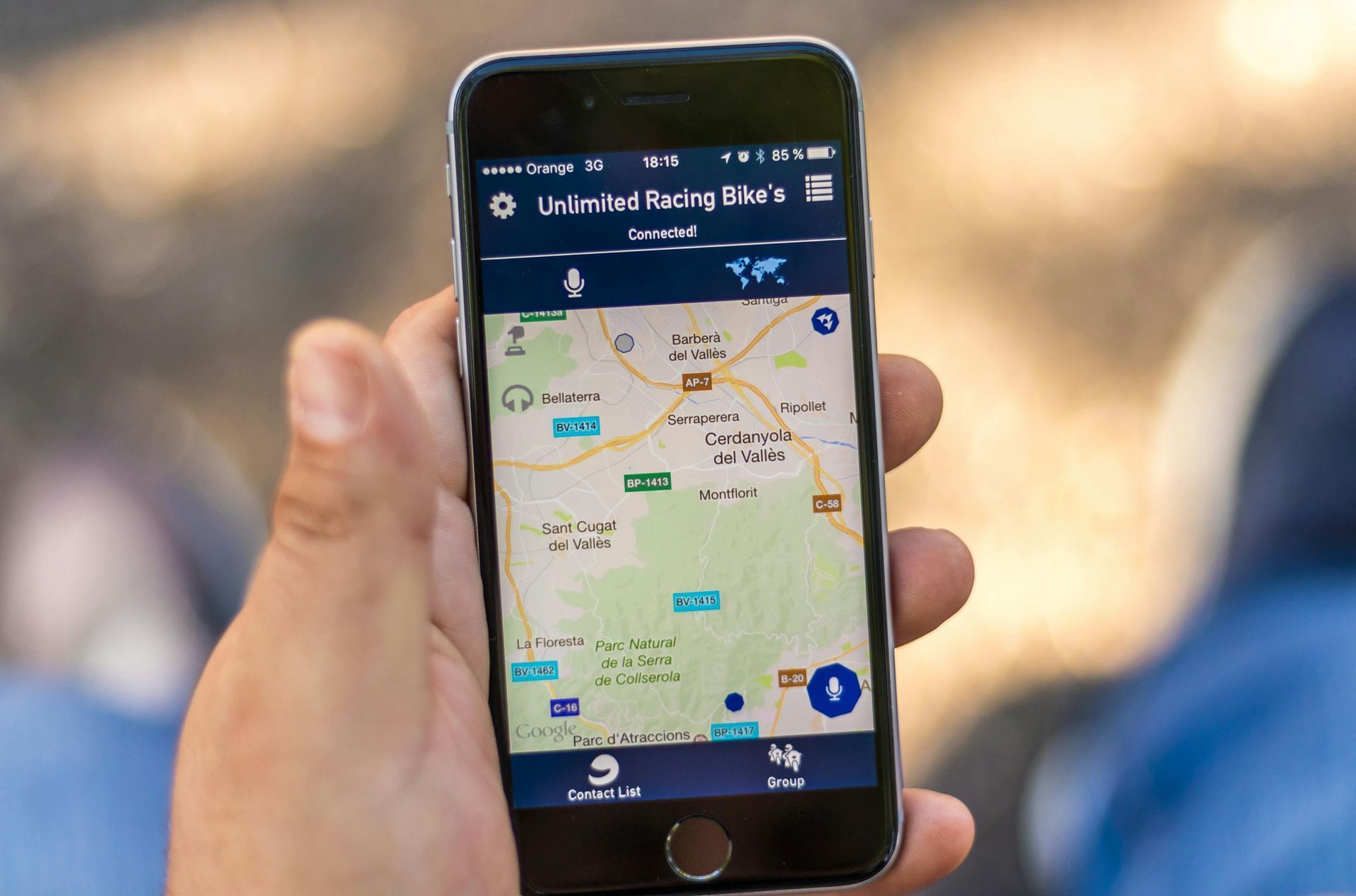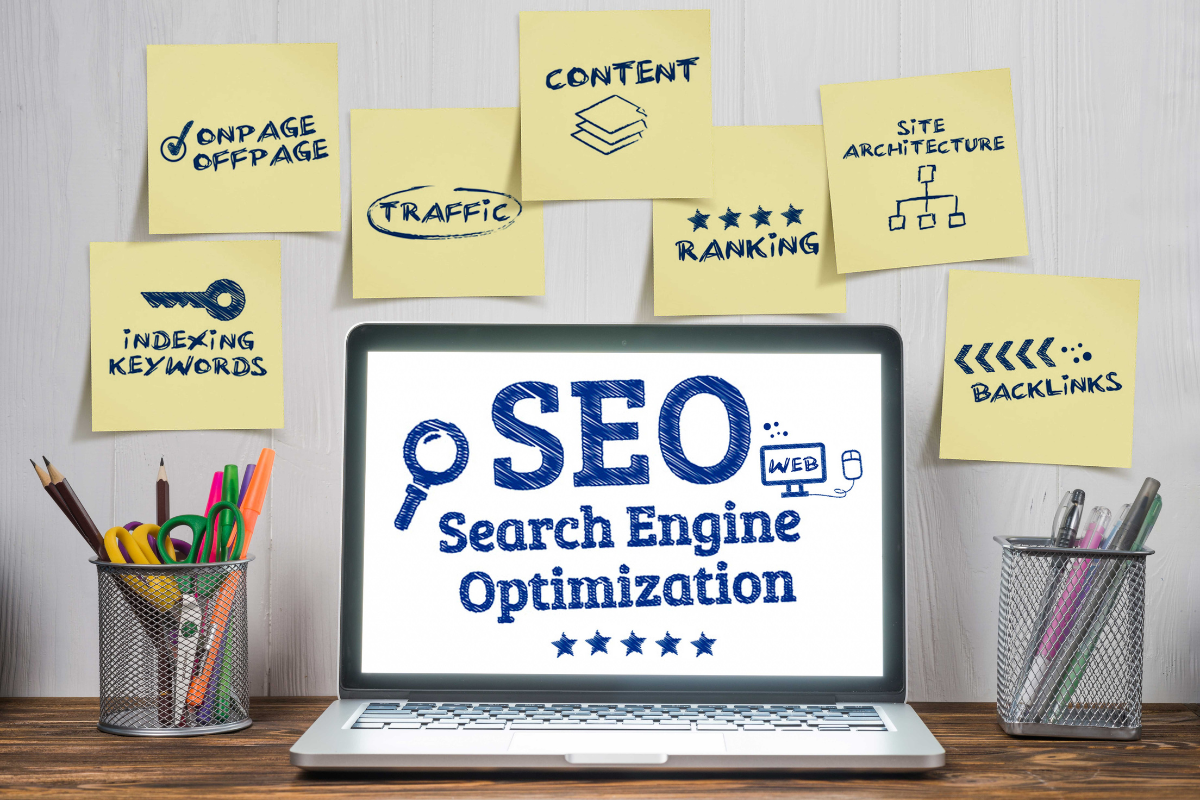Converting Website Visitors: Boost Your Revenue in 2025

Turning website visitors into loyal customers often feels like chasing shadows. Most sites see over 98 percent of their traffic leave without ever taking action . You might think wild design trends and clever slogans are the answer, but boring old data turns out to be your best friend for steady growth.
Table of Contents
Quick Summary
| Key Point | Explanation |
|---|---|
| 1. Analyze Visitor Behavior Data | Use analytics tools to understand user patterns, pinpointing conversion barriers and engagement trends. |
| 2. Optimize Website Design and Layout | Create a clean, responsive design that enhances user experience and guides visitors toward conversion goals. |
| 3. Implement Targeted Calls to Action | Craft compelling CTAs with clear, action-oriented language to engage users and drive conversions. |
| 4. Create Compelling Landing Pages | Design landing pages focused on singular goals, eliminating distractions to maximize visitor engagement. |
| 5. Measure and Adjust Your Approach | Regularly assess metrics and refine strategies to continually improve conversion rates and user experience. |
Step 1: Analyze Visitor Behavior Data
Converting website visitors starts with understanding their digital footprints and interaction patterns. By systematically analyzing visitor behavior data, you gain powerful insights that transform casual browsing into strategic revenue generation.
Below is a summary table of essential analytics tools and their purposes, helping you choose the right platform for understanding and improving website visitor behaviour.
| Tool | Purpose |
|---|---|
| Google Analytics | Tracks user interactions, conversion funnels, and traffic sources |
| Hotjar | Provides heatmaps, session recordings, and user feedback |
| Google Optimize | Enables A/B testing and experimentation |
| Optimizely | Offers multivariate testing and advanced experimentation |
| Heat Mapping Tools | Visualize user engagement and page interaction |
To begin your data exploration, implement robust web analytics tools like Google Analytics or Hotjar to capture comprehensive user interaction metrics. These platforms provide granular details about how visitors navigate your website, revealing critical information about their preferences, pain points, and potential conversion barriers.
Focus on key performance indicators that illuminate visitor behavior. Examine metrics such as :
- Time spent on specific pages
- Bounce rates for different content sections
- Click-through paths
- Entrance and exit points
- Device and browser types
These data points help you understand user engagement and identify potential friction areas in your conversion funnel. Pay special attention to pages with high exit rates or low interaction times, as these often indicate content gaps or user experience challenges that prevent successful conversions.
According to research from Harvard University , comprehensive website traffic analysis reveals nuanced user behavior patterns that can dramatically improve site performance. By mapping these patterns, you can strategically redesign website elements to guide visitors more effectively toward desired conversion actions.
To verify your analysis, create a comprehensive report highlighting key insights and potential optimization opportunities. Your goal is transforming raw data into actionable strategies that incrementally improve visitor engagement and conversion potential.
Step 2: Optimize Your Website’s Design and Layout
Transforming website visitors into customers demands a strategic approach to design and layout that guides users seamlessly through their conversion journey. Your website’s visual architecture serves as a critical navigation tool that either encourages or discourages potential customer interactions.
Professional design is more than aesthetics - it’s about creating an intuitive, frictionless experience that anticipates and meets user expectations. Start by implementing a clean, minimalist design that prioritizes clarity and simplicity. Each visual element should serve a specific purpose, directing visitors toward your primary conversion goals.
Pay close attention to critical design components like color psychology, typography, and spatial relationships. Use high-contrast color schemes that draw attention to key call-to-action buttons, making them impossible to overlook. Select readable fonts that maintain legibility across different devices and screen sizes. Ensure your typography creates a clear visual hierarchy, guiding users’ eyes naturally through important information.
According to research from University of California, Santa Barbara , users form impressions about websites within milliseconds. This means your layout must communicate professionalism, trustworthiness, and value instantaneously. Implement responsive design principles that adapt seamlessly across mobile, tablet, and desktop platforms. Optimize page load speeds by compressing images, leveraging browser caching, and minimizing complex scripts.
Mobile responsiveness is non-negotiable . With over 60% of web traffic originating from mobile devices, your website must provide an exceptional experience on smaller screens. Test your design rigorously using tools like Google’s Mobile-Friendly Test to identify and resolve potential usability issues.
To verify your optimization efforts, conduct user testing and analyze key metrics. Check bounce rates, time on page, and conversion rates to assess the effectiveness of your design changes. Learn more about our SEO strategies to further refine your website’s performance and user experience.
Step 3: Implement Targeted Calls to Action
Converting website visitors hinges on strategically crafted calls to action (CTAs) that transform passive browsing into active engagement. Your CTAs are not merely buttons or links - they are powerful conversion catalysts that guide users toward specific, valuable actions.
Effective CTAs communicate clear value propositions with compelling, action-oriented language. Craft messages that speak directly to user motivations, using strong verbs that create a sense of immediacy and benefit. Instead of generic phrases like “Click Here,” use specific, enticing language such as “Claim Your Free Consultation” or “Start Saving Now.”
Design your CTAs with visual prominence and strategic placement. Use contrasting colors that stand out from your website’s background, making them impossible to ignore. Position CTAs where users naturally focus their attention - near compelling content, at the end of informative sections, or in sidebar areas that complement the main content flow.
According to research from the University of Iowa , limiting the number of CTAs per page prevents user overwhelm and increases the likelihood of conversion. Prioritize quality over quantity . Each CTA should have a singular, clear purpose that aligns with your visitors’ potential needs and interests.

Test and refine your CTAs continuously . Implement A/B testing to understand which language, design, and placement generate the highest conversion rates. Track metrics like click-through rates, conversion percentages, and user engagement to iteratively improve your approach. Consider creating multiple variations tailored to different user segments or stages of the customer journey.
To verify CTA effectiveness, establish clear benchmarks and monitoring mechanisms. Set up conversion tracking in your analytics platform to measure the performance of each CTA. Look for consistent improvements in user interaction and conversion rates. Check out our SEO strategies for more advanced techniques in optimizing user engagement and driving meaningful website interactions.
Step 4: Create Compelling Landing Pages
Landing pages are your digital sales representatives, working tirelessly to convert website visitors into potential customers. A well-crafted landing page transforms casual browsing into purposeful engagement, serving as a critical junction in your conversion strategy.

Focus on clarity and singular purpose when designing your landing pages. Each page should have one clear, specific goal that speaks directly to a particular audience segment or user intent. Eliminate distracting navigation elements, sidebars, and competing calls to action that might dilute your primary message. Your landing page should feel like a laser-focused conversation with your ideal customer.
Construct a compelling narrative that addresses visitor pain points immediately. Start with a powerful headline that communicates immediate value, followed by concise, benefit-driven subheadings that elaborate on your unique solution. Use persuasive copywriting techniques that speak directly to the emotional and rational motivations of your target audience.
According to research from the University of Iowa , landing page effectiveness depends on balancing visual design with clear communication. Integrate social proof elements like customer testimonials, trust badges, and case study snippets to build credibility. Visual hierarchy is crucial - guide visitors’ attention using strategic placement of key information, compelling imagery, and prominent call-to-action buttons.
Optimize for rapid comprehension and conversion . Your landing page should communicate its core value proposition within seconds. Use clean, professional design with ample white space, high-quality images, and easy-to-read typography. Ensure your page loads quickly across all devices, with responsive design that maintains visual appeal and functionality on smartphones, tablets, and desktop computers.
To verify landing page performance, implement rigorous tracking and analysis. Use tools like Google Analytics and heat mapping software to understand user interactions. Track key metrics such as bounce rate, time on page, and conversion rate. Explore our comprehensive SEO strategies to continuously refine and improve your landing page approach, ensuring maximum visitor engagement and conversion potential.
Step 5: Test Different Conversion Strategies
Converting website visitors demands continuous experimentation and strategic refinement. A systematic approach to testing different conversion strategies allows you to unlock hidden potential within your digital ecosystem, transforming casual browsers into committed customers.
Implement A/B testing as your primary optimization method . This powerful technique involves creating two variations of a webpage, email, or call-to-action and simultaneously exposing different audience segments to each version. By comparing performance metrics, you can scientifically determine which approach resonates most effectively with your target audience.
Utilize robust testing platforms like Google Optimize or Optimizely to design and track your experiments. These tools enable you to test multiple variables simultaneously, including headline text, button colors, imagery, page layouts, and promotional offers. Focus on testing one element at a time to ensure clear, actionable insights that directly inform your conversion optimization strategy.
According to research from the University of Iowa , systematic testing can reveal nuanced user preferences that dramatically impact conversion rates. Design your experiments with statistical significance in mind, ensuring you collect enough data to draw meaningful conclusions. Track key performance indicators such as:
- Conversion rate
- Average time on page
- Bounce rate
- Click-through rate
- Revenue per visitor
Develop a structured testing schedule that allows sufficient time for meaningful data collection. Most meaningful tests require at least two weeks of continuous tracking to generate reliable insights. Document your findings meticulously, creating a knowledge base that informs future optimization efforts.
To verify the effectiveness of your testing strategy, establish clear benchmarks and comparative metrics. Look for statistically significant improvements in your conversion rates, and be prepared to iterate quickly based on your findings. Explore our comprehensive SEO strategies to further refine your approach and maximize your website’s conversion potential.
Step 6: Measure and Adjust Your Approach
Converting website visitors is an ongoing journey of continuous measurement, analysis, and strategic refinement. Your ability to interpret data and make intelligent adjustments determines the long-term success of your conversion optimization efforts.
Establish a comprehensive measurement framework that tracks critical performance indicators across multiple dimensions. Configure advanced analytics tools like Google Analytics to provide granular insights into user behavior, conversion pathways, and potential friction points. These platforms offer sophisticated tracking capabilities that transform raw data into actionable intelligence.
Calculate your conversion rate systematically by dividing the total number of conversions by the number of website visitors, then multiplying by 100. This simple yet powerful metric reveals the effectiveness of your website in transforming casual browsers into engaged customers. Pay attention to segmented conversion rates , analyzing performance across different traffic sources, device types, and user demographics.
According to research from the University of Iowa , effective website measurement requires a holistic approach. Track these essential metrics to gain a comprehensive understanding of your conversion ecosystem:
- Conversion rate
- Bounce rate
- Average session duration
- Pages per session
- Traffic source performance
- Revenue per visitor
Develop a systematic review process that involves regular, scheduled performance assessments. Set up monthly or quarterly review sessions where you deeply analyze your metrics, identifying trends, successes, and areas requiring immediate attention. Create a living document that tracks your optimization journey, documenting each strategic adjustment and its subsequent impact.
To verify the effectiveness of your measurement approach, establish clear benchmark targets and continuously compare your performance against these goals. Look for consistent improvement trends and be prepared to pivot quickly when data suggests necessary changes. Explore our comprehensive SEO strategies to further refine your website’s conversion potential and transform data into sustainable business growth.
Ready to Convert More Website Visitors into Loyal Customers?
If you are struggling to turn website visitors into paying clients, you are not alone. Many Canadian businesses face high bounce rates, low engagement, and unclear calls to action. The article “Converting Website Visitors: Boost Your Revenue in 2025” highlights the need for effective analytics, targeted calls to action, and compelling landing pages to overcome these challenges and boost conversions. Freedom SEO specializes in proven strategies that tackle exactly these pain points, from professional web design and landing pages to results-driven SEO services.
The following table provides a concise step overview of the website conversion process, highlighting each main step, its primary goal, and a key outcome for your optimization journey.
| Step | Main Goal | Key Outcome |
|---|---|---|
| Analyze Visitor Behaviour Data | Identify user patterns and bottlenecks | Actionable insights |
| Optimise Website Design and Layout | Enhance user experience for conversions | Improved navigation and clarity |
| Implement Targeted Calls to Action | Encourage users to take specific actions | Increased engagement and clicks |
| Create Compelling Landing Pages | Focus attention on conversion goals | Higher conversion rates |
| Test Different Conversion Strategies | Find the most effective tactics | Data-driven optimisation |
| Measure and Adjust Your Approach | Track results and refine strategies | Ongoing performance improvement |

Imagine your business ranked in the top 3 on Google, with a steady stream of qualified leads finding your optimized landing pages and taking action. This is what our local Canadian SEO experts make possible every day. Want fast, sustainable growth for your business? Visit Freedom SEO and get started with a free consultation today. The sooner you act, the faster you will see real results.
Frequently Asked Questions
What are some key performance indicators to analyze for website visitor behavior?
To understand visitor behavior, focus on metrics such as time spent on specific pages, bounce rates, click-through paths, entrance and exit points, and the types of devices and browsers used by visitors.
How can I optimize my website’s design for better conversions?
Implement a clean, minimalist design that enhances clarity, uses high-contrast color schemes for CTAs, and ensures mobile responsiveness. Test your design across different devices to ensure a smooth user experience.
What are effective strategies for creating compelling calls to action?
Craft CTAs with clear, value-driven language. Use strong verbs to create urgency and place CTAs strategically within your content to guide users toward decision-making actions.
How can I systematically test different conversion strategies on my website?
Utilize A/B testing to create variations of your web content and compare performance metrics. Tools like Google Optimize can help you test different elements while focusing on one variable at a time for effective insights.
Recommended
















